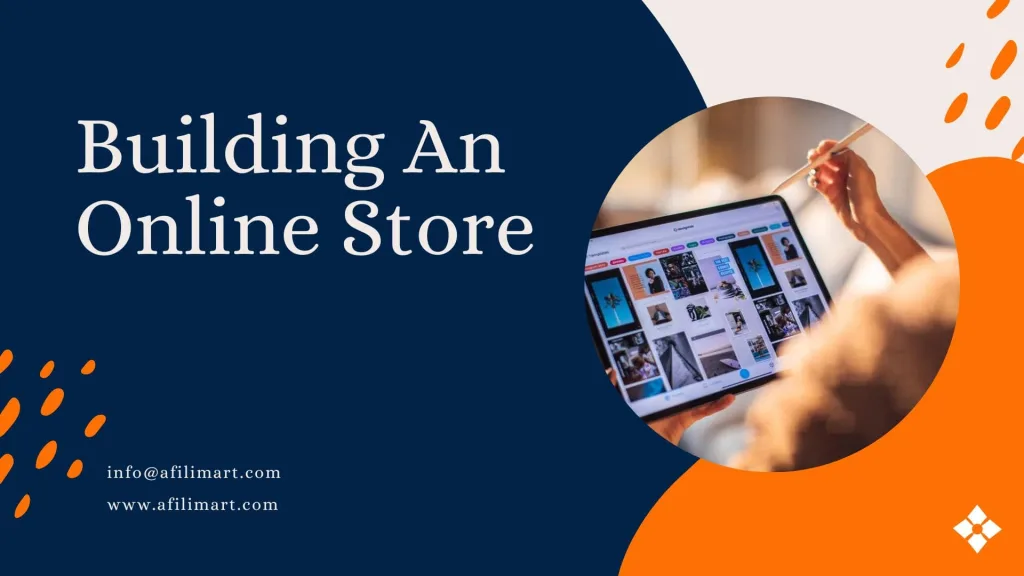In the age of digital transformation, e-commerce has become an integral part of our lives. Online shopping’s convenience and doorstep delivery have revolutionized shopping, altering how we shop, and transforming consumer habits significantly. Behind this seamless experience lies a complex web of logistics and delivery systems that have been constantly evolving to meet the growing demands of the e-commerce industry.
The Rise of E-commerce
E-commerce has experienced explosive growth in recent years. The convenience of shopping from the comfort of our homes, access to a vast array of products, and the ability to compare prices and read reviews at the click of a button have made online shopping the preferred choice for many consumers. As a result, the e-commerce industry has seen unprecedented expansion, and it’s showing no signs of slowing down.
The Logistics Challenge
However, the convenience of e-commerce comes with its own set of challenges, particularly when it comes to logistics and delivery. Ensuring that products reach customers quickly and in good condition is a critical aspect of the e-commerce experience. This has led to a constant evolution in the logistics and delivery processes to keep up with the increasing demand and the ever-growing customer expectations.
- Fulfilment Centers and Warehousing: To meet the demand for quick deliveries, e-commerce companies have invested heavily in fulfilment centres and warehouses strategically located near urban centres. These facilities allow for efficient storage and retrieval of products, reducing delivery times significantly.
- Automation and Robotics: One of the most significant advancements in logistics has been the integration of automation and robotics into warehouse and fulfilment centre operations. Automated picking and packing systems, along with autonomous robots, have increased efficiency, reduced errors, and sped up order processing.
- Last-Mile Delivery: The last mile, or the final leg of the delivery journey from the distribution centre to the customer’s doorstep, has been a major focus of innovation. Companies are experimenting with various methods, including drones, autonomous delivery vehicles, and even crowdsourcing to ensure faster and more cost-effective last-mile delivery.
- Route Optimization: Advanced algorithms are now being used to optimize delivery routes, taking into account factors like traffic patterns, weather conditions, and package sizes. This ensures that deliveries are not only quick but also eco-friendly, reducing carbon emissions.
- Customer Communication: Real-time tracking and communication have become standard features of e-commerce delivery. Customers can now track the status of their orders, receive estimated delivery times, and even communicate with delivery personnel, enhancing the overall shopping experience.
Sustainability in Logistics
As e-commerce continues to grow, so do concerns about its environmental impact. The logistics and delivery industry is taking steps to address these concerns through various sustainability initiatives:
- Green Vehicles: Many logistics companies are transitioning to electric or hybrid delivery vehicles to reduce carbon emissions. Additionally, companies like Amazon are investing in the development of electric delivery vans.
- Alternative Fuels: Some logistics companies are experimenting with alternative fuels like hydrogen and biofuels to power their fleets, further reducing their carbon footprint.
- Packaging Innovations: Excessive packaging has been a common issue in e-commerce, leading to increased waste. Companies are now working on sustainable packaging solutions, including recyclable materials and reduced packaging sizes.
- Carbon Offsetting: Some e-commerce giants are investing in carbon offset programs to mitigate the environmental impact of their operations. This includes initiatives like reforestation and renewable energy projects.
The Role of Data and Technology
Data and technology play a crucial role in the evolution of logistics and delivery in the e-commerce industry. Here’s how:
- Data Analytics: Advanced data analytics tools are used to analyze customer behaviour, order patterns, and delivery routes. This data-driven approach helps companies make informed decisions, optimize their operations, and enhance the customer experience.
- Machine Learning and AI: Machine learning algorithms are used to predict demand, optimize inventory levels, and even predict delivery times more accurately. Artificial intelligence is also used to automate customer service interactions and personalize recommendations.
- IoT and Sensor Technology: The Internet of Things (IoT) and sensor technology are being used to track the condition of products during transit. For example, temperature-sensitive items can be monitored to ensure they are delivered in the right conditions.
- Blockchain: Blockchain technology is being explored to enhance supply chain transparency and traceability. This can help combat issues like counterfeit products and ensure the authenticity of products in the e-commerce supply chain.
The Future of E-commerce Logistics
The e-commerce industry is not only evolving but also shaping the future of logistics and delivery. As technology continues to advance and customer expectations continue to rise, we can expect to see further innovations in this space.
- Drone Delivery: While still in its experimental stages in many places, drone delivery has the potential to revolutionize last-mile delivery in the coming years. Drones can navigate through traffic and deliver packages to remote areas with ease.
- Hyperloop and High-Speed Rail: Hyperloop technology and high-speed rail networks are being explored as a means of ultra-fast long-distance delivery. These innovations could reduce delivery times for cross-country shipments.
- Sustainability: Sustainability will remain a central theme in logistics and delivery. We can expect to see more companies adopting eco-friendly practices and technologies to reduce their carbon footprint.
- Personalization: With the help of AI and data analytics, e-commerce companies will continue to personalize the shopping and delivery experience. This could include hyper-personalized product recommendations and delivery time slots tailored to individual preferences.
Final Thought
The e-commerce industry’s growth has been nothing short of remarkable, and logistics and delivery are at the heart of this transformation. The industry has evolved significantly to meet the demands of consumers for fast, reliable, and sustainable delivery services. With ongoing innovations in technology and a growing focus on sustainability, the future of e-commerce logistics promises even greater convenience and efficiency for consumers worldwide. From the click of a mouse to your doorstep, the journey of your online order is a fascinating tale of innovation and progress.










